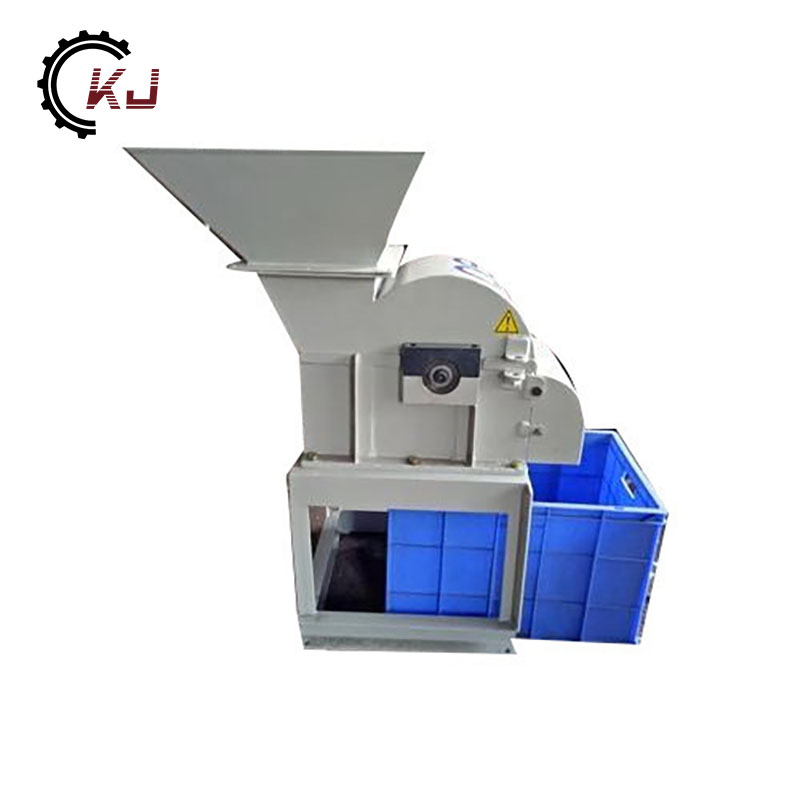Prioritizing Safety: Essential Features for Operating a Plastic Crusher Machine
2024-03-22
In the realm of plastic recycling, crusher machines play a crucial role in transforming plastic waste into reusable materials, contributing to environmental sustainability and resource conservation. However, the operation of these machines involves inherent risks, necessitating the implementation of robust safety features to protect operators and ensure safe working conditions. In this blog, we'll delve into the key safety features that should be considered when operating a plastic crusher machine, emphasizing the importance of prioritizing safety in recycling operations.
1. Emergency Stop Button:
An emergency stop button is a fundamental safety feature that allows operators to immediately halt the operation of the crusher machine in case of an emergency or unforeseen hazard. Positioned within easy reach of the operator, the emergency stop button provides a quick and effective means of shutting down the machine to prevent accidents or injuries.
2. Interlocking Mechanism:
Interlocking mechanisms are designed to prevent access to hazardous areas of the crusher machine while it is in operation. These mechanisms may include safety guards, covers, or gates that automatically lock when the machine is in use, preventing operators from coming into contact with moving parts or entering restricted areas.
3. Safety Guards and Shields:
Safety guards and shields are essential components that help protect operators from potential hazards associated with the crusher machine's cutting mechanism. These guards cover rotating blades, cutting chambers, and other moving parts, preventing accidental contact and reducing the risk of injuries or entanglement.
4. Overload Protection:
Overload protection is a critical safety feature that safeguards the crusher machine from excessive stress or strain caused by overloading or jamming of materials. Overload sensors or mechanisms automatically detect abnormal operating conditions and trigger the machine to shut down or enter a safe mode to prevent damage or malfunctions.
5. Lockout/Tagout Procedures:
Lockout/tagout procedures are established protocols that ensure the safe maintenance, servicing, or repair of the crusher machine. Before performing any maintenance or servicing tasks, operators must follow lockout/tagout procedures to isolate energy sources, de-energize the machine, and affix lockout/tagout devices to prevent accidental startup.
6. Clear Warning Signs and Labels:
Clear warning signs and labels should be prominently displayed on the crusher machine to alert operators to potential hazards and safety precautions. These signs may include warnings about moving parts, pinch points, electrical hazards, and other safety hazards associated with the operation of the machine.
7. Training and Education:
Comprehensive training and education programs are essential for ensuring the safe operation of crusher machines. Operators should receive proper training on machine operation, safety procedures, emergency protocols, and hazard recognition to mitigate risks and promote a culture of safety in the workplace.
8. Regular Maintenance and Inspections:
Regular maintenance and inspections are critical for identifying and addressing potential safety hazards or mechanical issues with the crusher machine. Routine maintenance tasks should include checking for worn or damaged components, lubricating moving parts, and verifying the proper functioning of safety features.
Conclusion:
In conclusion, prioritizing safety is paramount when operating a plastic crusher machine in recycling operations. By incorporating essential safety features such as emergency stop buttons, interlocking mechanisms, safety guards, overload protection, lockout/tagout procedures, warning signs, training programs, and maintenance protocols, operators can mitigate risks and ensure a safe working environment. By adhering to stringent safety standards and practices, we can protect operators, prevent accidents, and promote the responsible and sustainable recycling of plastic waste.



